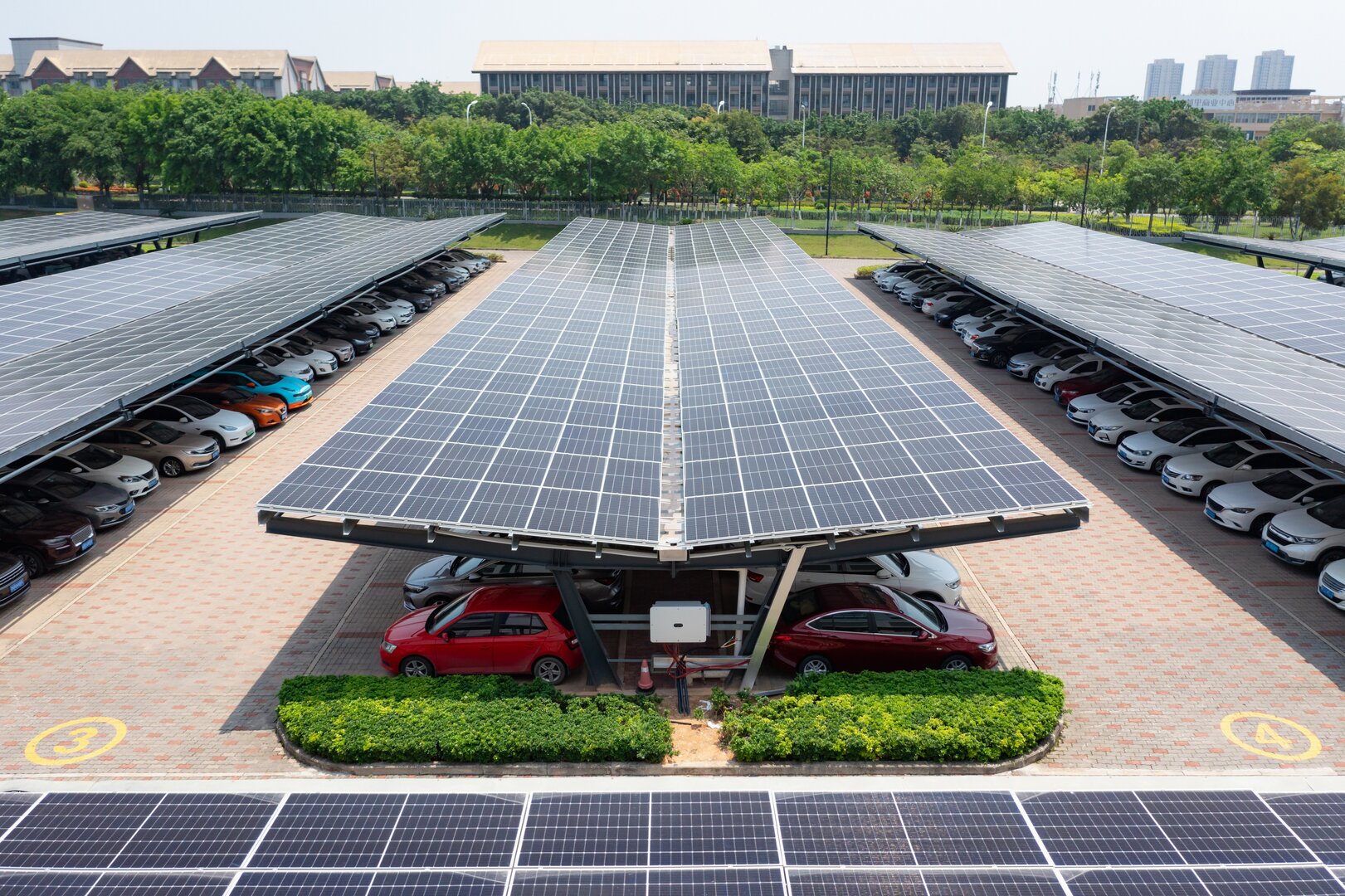
- Sustainability is now a top priority for companies due to growing awareness of climate change risks and stakeholder pressure to reduce carbon emissions.
- Recent carbon-reduction policies and heightened standards on climate disclosure are encouraging companies to address climate risk and protect their long-term business value.
1. Challenges
Geopolitical tensions, macroeconomic issues, and fluctuations in the prices of energy and raw materials may be changing how companies and industries act.
2. Strategies
Companies can best position themselves to deliver on their commitments by defining clear KPIs and interim targets, using digital systems to capture how energy and resources are used, and consistently tracking and reporting on emissions and carbon data.

With sustainability now firmly on the business agenda, companies state a diverse set of reasons behind their sustainability commitments:
- Climate-related risk
- Attracting financial investment
- Opportunity for savings
- Supply chain issues

Deploying and delivering sustainability initiatives can require significant financial investment. Companies must weigh the financial and non-financial benefits of their quest for lower – and ultimately net-zero – carbon emissions.

How willing are companies to spend on sustainaiblity initiatives?
On average, companies surveyed in 2023 plan to spend 2% of their revenue annually on sustainability initiatives over the next three years. That is very much in line with the 1.9% recorded in the 2022 study.

At least 1% of annual revenue
C-suite plans to invest annual revenue on sustainability: nearly three-quarters (72%) of the companies surveyed in 2023 plan to allocate at least 1% of their annual revenues to sustainability initiatives over the next three years, underlining the reach and relevance of the topic around the globe today.

Between 3-5% of annual revenue
However, the proportion of companies that plan to spend a more significant 3-5% of annual revenues remains low, at just 17%.

More than 5% of annual revenue
And fewer still – just 0.2% – plan to dedicate more than 5% of annual revenue to sustainability
Higher Investments
Companies in the commercial buildings and real estate space, healthcare, and the water and wastewater arena are planning significantly higher investments.
Reduced Investments
Cloud and service providers, along with companies in the data center, energy, life sciences, and logistics sectors, are reducing investment plans.
In other words, even though sustainability is increasingly becoming an immediate priority for companies, there seems to be a limit to the amount being spent.
This may be explained by the geopolitical and economic turbulence and energy price fluctuations associated with the war in Ukraine, alongside soaring inflation and interest rates, all of which hit business and investor confidence around the globe in 2022 and 2023.

Based on the most common initiatives being pursued today, businesses around the globe increasingly understand that productivity, profitability, efficiency, and sustainability go hand in hand.
The top 4 most popular decarbonization initiatives today are:
- Managing long-term risks
- Creating sustainable supply chains
- Driving efficiency to manage rising costs
- Reducing resource consumption
Followed by almost half of the respondents
Similar actions are being pursued by 41% of the businesses represented by the survey respondents.
While the most well-known example of electrification is today’s rapid transition to electric vehicles, the emission-reduction benefits of adopting more electrically powered technologies for heating and industrial processes can be equally as impactful.
Upgrading existing buildings
The use of electrically powered heat pumps in newly built homes is growing. This type of heating technology could also be even more widespread if used when retrofitting and upgrading existing buildings.
Replacing infrastructure
Across various industries, accelerating the shift to electric motors over steam turbines and upgrading from traditional blast furnace methods to electric arc furnace technology could reduce emissions significantly while also providing energy efficiency benefits.
Companies struggle to cut emissions, adopt technology, and navigate regulations.
1. Achieving set targets (10%)
Business leaders highlighted the complexities and pressure they face in building a strategic, customized plan to reduce carbon emissions and meet targets.
2. Managing new technologies (9%)
Companies are struggling to secure the finances and resources to change how things are done, while also investing in technology and skills to support the transition.
3. Navigating changing regulations (9%)
The ever-evolving landscape of regulations is a major hurdle in certain countries, where survey respondents shared concerns about new and complex government policies.

Despite often making firm commitments and investments, companies worldwide and across all sectors still face many major challenges when implementing their sustainability programs over the next three to five years.
Different parts of the world face different challenges

Preferred partners bring sustainability strategy, implementation, and digitization expertise. Getting to net-zero requires technologies, solutions, and innovation. And this means greater collaboration between business ecosystems and value chains. Building these strategies and solutions also entails choosing the right partners to help develop and execute them.
In-house management:
Over 63% of decision-makers say their companies’ sustainability programs are designed and managed in-house.
Outsourced:
For businesses that choose to outsource, 74% would ideally use a single partner to develop their sustainability strategy, its implementation, and aspects related to digitization. This confirms that business leaders are focused on integrating a data-based approach into sustainability programs.

The journey is not easy. The past few years have brought ample and worrying evidence of the speed at which the world’s climate is changing. 2023 was no exception. News of climate-linked disasters are hitting the headlines on a weekly, if not daily, basis.
Top priority
The executives questioned in our survey confirm that decarbonization is the most important aspect of environmental sustainability, and that tackling their carbon emissions is their number one priority.
Opportunity
While sorting out their priorities and sticking to a robust carbon reduction plan seems to be the biggest challenge – if addressed effectively, it’s also the biggest opportunity. By developing and sticking to a clear sustainability strategy that delivers decarbonization, organizations stand to see financial and operational benefits, too.

Schneider’s Electricity 4.0 vision helps businesses and corporations tackle sustainability challenges with products, systems, and software for electrification, power management, and enterprise automation to:
- Improve operational efficiency
- Reduce fossil fuel dependency
- Deliver cost savings

The know-how exists, and there is a wealth of readily available, proven, and affordable technologies available to corporations around the globe. It’s now a question of deploying them at scale, and quickly. It’s the corporate sector’s responsibility to lead the way.
Notes: This 2023 research builds on Schneider Electric’s C-level pulse check on attitudes to corporate sustainability from 2022 conducted by Beresford Research, USA. The 2023 survey gathered insights from an expanded sample of C-level business leaders, with 4,085 surveyed, seven times more than in 2022.
The findings cited above are from a double-blind study of 4,085 key corporate decision-makers and their direct reports from a wide range of companies, sectors, and countries. Conducted in the first half of 2023, this research, commissioned by Schneider Electric, was carried out by GfK, a NIQ company, with the support of Beresford Research, USA.

